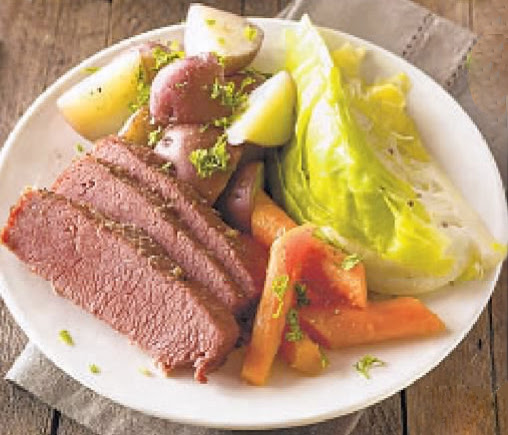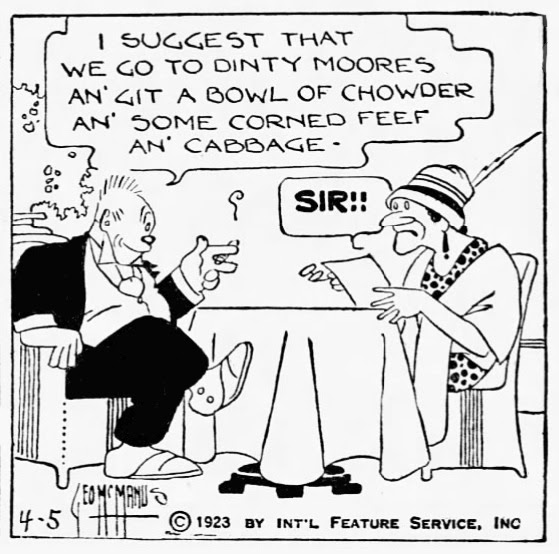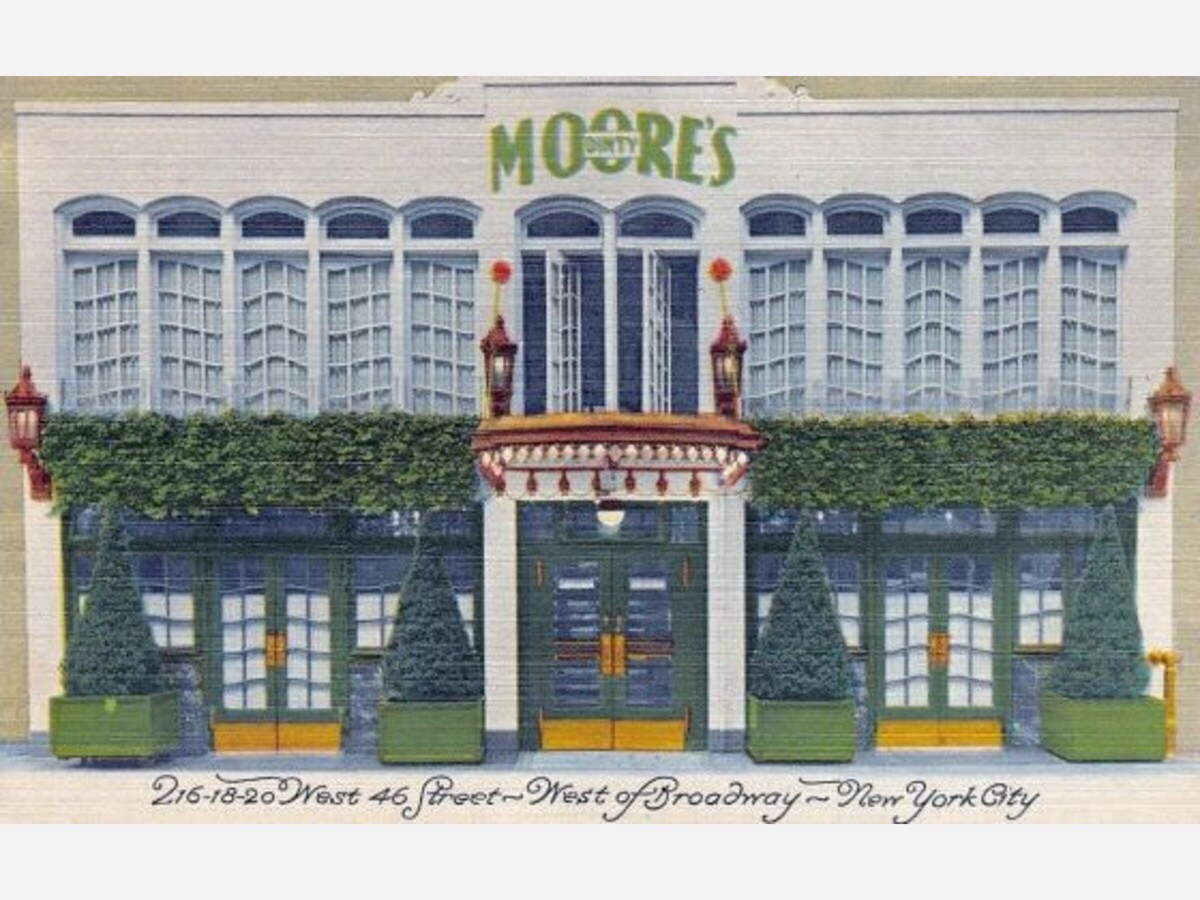|
Jan Whitaker, Restaurant-ing Through History
|

Opening an eating place or a tavern was popular with immigrants – especially the Irish -- for much of the later 19th century and into the 20th. They served as waiters, waitresses, kitchen workers, and proprietors.
And before World War II, when it was easy and inexpensive to open an eating and drinking place, they started many a restaurant, becoming the leading nationality in the business according to restaurant insider J. O. Dahl. Although he had no established figures to go by, judging from “numerous interviews and personal observation over a period of twenty-five years,” he estimated in his 1935 National Handbook of Restaurant Data that the Irish made up 18% of restaurant keepers.
The restaurants run by Irish immigrants were not usually identified as Irish, nor were they particularly appealing. Many fell into the category of “hash house,” generally viewed as the lowliest sort of eating place. Neither hash house proprietors nor those who ran finer spots made any mention of being from Ireland.

There were also numerous restaurants in New York City in the late 19th and early 20th centuries, run by well-known men of Irish birth, that were bigger and more prosperous. Typically they were oyster or chop houses that drew tourists and theater-goers. Among them was the prominent Shanley’s, established by Shanley brothers in the 1890s, and Dinty Moore’s, begun FINISH READING HERE
|
